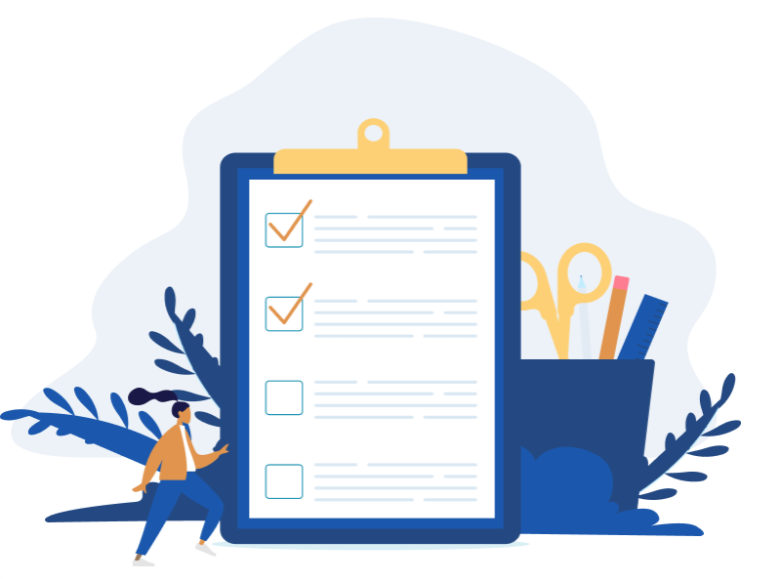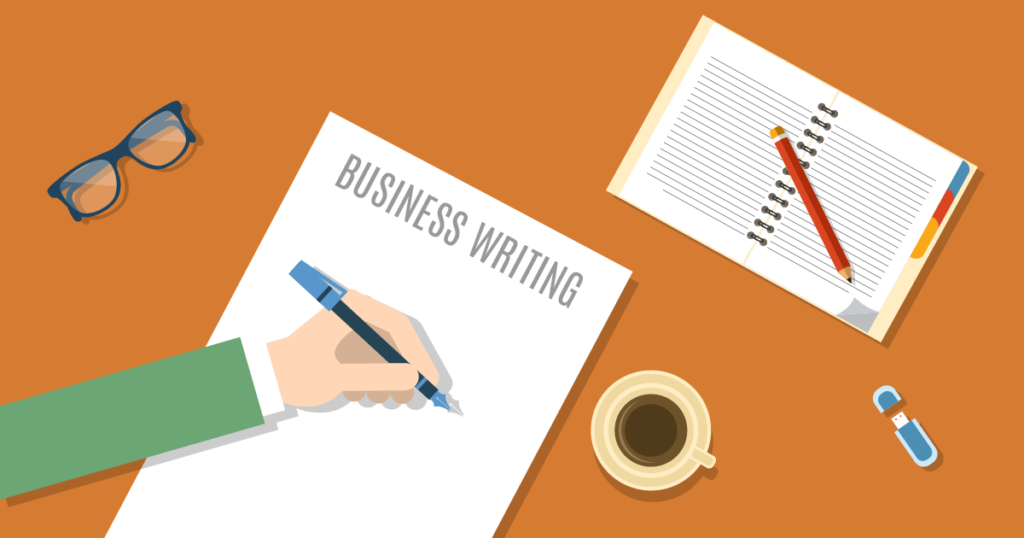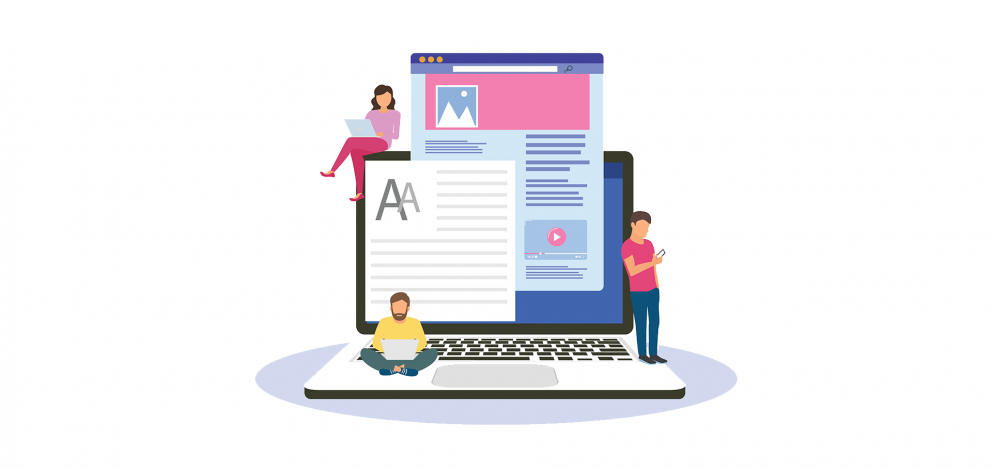Welcome to our practical guide aimed at highlighting some typical mistakes when writing instructions and, more importantly, how to avoid them. We have all experienced the frustration of trying to follow directions that make no sense, are overly complicated, or leave us with more questions than answers.
Whether you’re writing a manual for a new gadget, composing a recipe for food enthusiasts, or simply sending an email with instructions to a colleague, clarity is key.
This guide will walk you through eleven real-life scenarios of poorly crafted instructions seen in 2024, discuss why they missed the mark, and provide tips to craft clear, concise, and effective directions.
By the end of this resource, you’ll be well-equipped to convey your points without a hitch, ensuring your instructions are as clear as daylight.
Understanding Technical Writing and the Impact of Poorly Written Instructions
Technical writing is a type of communication used to explain complex information in a clear and easily understandable way. Typically, this involves creating instructional guides, manuals, reports, and other documents that have practical applications. Good technical writing is concise, focused, and free of unnecessary jargon, making it accessible to its intended audience.
Characteristics of Poorly Written Instructions
When instructions are poorly written, they can lead to confusion, mistakes, and a general lack of understanding. This can result in wasted time, resources, and sometimes even safety hazards. Here are some examples of poorly written instructions:
Vague Language:
- “Set the device to high power.” This fails to specify what constitutes ‘high power,’ which can vary between devices.
Ambiguity:
- “If the printer doesn’t work, restart your computer or check the connection.” It’s unclear whether both steps are always required or only one.
Complex Jargon:
- “Engage the mechanism after initializing the substrate interface.” Such technical terms may confuse users who are not familiar with the specific terminology.
Lack of Chronology:
- “Before plugging in the appliance, ensure it is turned off. Turn off the appliance.” This instruction refers to actions out of order.
Tips for Avoiding Poorly Written Instructions
Crafting well-written instructions involves understanding your audience and conveying information in a simple, direct manner. Here are some tips to achieve this:
- Be Direct and Precise: Use simple language and clearly state each step without ambiguity.
- Logical Flow: Present instructions in a chronological order that makes logical sense.
- Tailor Language to Audience: Avoid industry-specific jargon unless it’s commonly understood by the readers.
- Concise Wording: Be brief but informative – unnecessary words or overly descriptive sentences can detract from the clarity.
Well-structured, effectively communicated instructions can make all the difference in usability and the overall user experience. By being mindful of these common pitfalls and focusing on clarity, you’ll be able to write technical instructions that anyone can follow with ease.
5 Types of Technical Writing
Technical writing encompasses various genres, each with its specific purpose and target audience. Understanding these types can help writers tailor their content to meet the exact needs of their users. Here are five common types of technical writing:
End-User Documentation:
- Guides and Manuals: Often provided with software and electronics, instructing the user on how to set up and operate the product. For instance, a smartphone user manual explaining how to customize the home screen.
- Frequently Asked Questions (FAQs): Consolidated documents addressing common concerns or inquiries, such as a troubleshooting FAQ for a web hosting service.
Technical Reports:
- Research Reports: Documenting findings from studies or experiments, such as a laboratory report on new pharmaceutical trials.
- Business Reports: Analyzing situations or data to inform decision-making, like an annual environmental impact assessment for a manufacturing company.
Technical Proposals:
- Project Proposals: Proposing a plan or approach for a new project, such as a tech startup seeking funding for an innovative app.
- Business Plans: Documents designed to outline the mission, vision, and strategies for a new or existing enterprise, essential for securing investments.
Technical Descriptions and Specifications:
- Product Descriptions: Detailed descriptions outlining the characteristics and features of a product. For example, specs for a new line of energy-efficient refrigerators.
- Process Specifications: Procedural documents that detail how to create or produce something, such as the instructions for assembling a prefabricated bookshelf.
API Documentation:
- Developer Guides: Resources to help developers understand and integrate an API, like Google Maps API documentation.
- Reference Manuals: Provide comprehensive details on the functions and capabilities of the API for troubleshooting and advanced usage, such as the technical reference for an open-source software library.
Each type serves a specific purpose and aims to facilitate understanding and action. An adept technical writer must hone the ability to present complex information in a digestible format, enabling readers to utilize the content effectively.
What’s the Difference Between Business Writing & Technical Writing?
The distinction between business writing and technical writing hinges on their purpose, content, and audience. While both styles aim to convey information clearly and effectively, they do so in different contexts with diverse objectives.
Business Writing: focuses on direct, persuasive communication geared toward commercial or administrative purposes. It’s the language of the marketplace, conversations between companies, clients, and colleagues. Examples include:
Emails and Memos: Daily communication within a company or with clients that focuses on action and response, such as an email coordinating a meeting agenda.
Business Plans and Proposals: Documents that lay out strategies for ventures or projects to persuade investors or partners, like a proposal for expanding market reach.
Marketing Materials: Developed to promote products or services, from website content to brochures, intended to inform and convince potential customers.
Reports: Often involves analysis and recommendations, such as a quarterly financial report for stakeholders that includes data interpretation and future projections.
Technical writing is primarily aimed at elucidating complex technical concepts or processes in a comprehensive yet digestible manner. It is more instructive and explanatory. Examples include:
- User Manuals and Help Guides: Provide step-by-step instructions to help users understand and operate products or software, such as a manual for a smartwatch.
- Standard Operating Procedures (SOPs): Outline process flows and operational guidelines, for instance, safety procedures for handling hazardous materials in a lab.
- Scientific Articles: Written for experts in a field, these communicate new research findings, method analysis, and conclusions, such as a journal article on the latest advancements in renewable energy technologies.
- Technical Specifications: These documents define product features, dimensions, and materials, serving as a blueprint for construction or manufacturing, like the specs for a new smartphone model.
11 Examples of Technical Writing in 2024
As we advance further into the digital age, technical writing continues to evolve, embracing new technologies and methodologies. The following are 11 examples of technical writing that will be prevalent in 2024:
Virtual Reality (VR) Instruction Manuals:
- User guides for VR headsets that not only explain the functionality but also offer virtual setup tutorials, enhancing the interactive learning experience for users.
Artificial Intelligence (AI) Development Documentation:
- Comprehensive documentation that covers AI model training, integration, and usage tailored for machine learning engineers and data scientists.
Cybersecurity Protocol Manuals:
- Outlining company-wide security procedures, cyber attack response plans, and best practices for maintaining digital safety in a rapidly evolving online landscape.
Telemedicine Guidelines:
- Detailed protocols for virtual healthcare services, ensuring both medical professionals and patients understand the systems for remote diagnosis and treatment.
Eco-friendly Product Specifications:
- Specifications for sustainable products, emphasizing their environmental benefits, recyclability, and energy efficiency ratings.
User Experience (UX) Design Portfolios:
- Showcasing the process of designing interfaces, these portfolios provide insights into user flow, aesthetics, and interaction models.
Software Update Release Notes:
- Communicating changes and new features to users in a clear, concise manner after every software update is crucial for enhancing user engagement.
Smart Home Device Integration Guides:
- Step-by-step instructions to streamline the connection of IoT devices, making the process seamless for non-technical homeowners.
Blockchain White Papers:
- Documents detailing the functionality and architecture of new blockchain platforms targeted at potential investors and users in the cryptocurrency community.
3D Printing Blueprints:
- Digital files that provide the design and technical specifications necessary for 3D printing complex objects, from prototypes to final products.
Agricultural Tech User Manuals:
-
- Guides for modern farming equipment that combines traditional farming knowledge with the latest agricultural technology, optimizing efficiency and yields for farmers.
Each example represents how technical writing serves as a cornerstone in conveying complex information across industries. The content not only educates but also empowers users to leverage new technologies and apply them effectively in their field of work or daily lives.
What Are Common Poorly Written Instruction Examples?
Common examples of technical writing are integral to various industries, serving key functions in the dissemination of specialized information. These documents are crafted with precision and clarity to convey essential details to a specific audience. Here are some widely recognized types of technical documents:
FAQs and Knowledge Bases:
-
- Often used by tech companies and customer service teams, these documents answer common questions, offering quick, accessible solutions to users.
API Documentation:
-
- For software developers, API documentation is crucial, providing necessary guidelines on how to effectively use and integrate different software interfaces.
Training Modules:
-
- Complex procedures are broken down into manageable steps within training modules, assisting employees in acquiring new skills or understanding company processes.
Regulatory Compliance Documents:
-
- These are mandatory documents that outline regulatory standards, instructions, and procedures for compliance within industries like pharmaceuticals, finance, and manufacturing.
Grant Proposals for Research:
-
- Detailed proposals that argue the necessity and methodology of proposed research, aiming to secure funding from institutions or government bodies.
Each of these examples showcases the diversity of technical writing. They are designed to explain, instruct, or guide the reader through complex information in a way that is easily understandable, ensuring that the intended audience can use, apply, or comply with the technical material presented.
11 poorly written instructions examples in 2024
In an era where information is abundant, clarity in technical writing is more crucial than ever. However, despite the advances in technology and emphasis on communication skills, instances of poorly written technical documentation still surface. Here are 11 hypothetical examples of poorly executed technical writing in 2024:
Overly Complex Software Tutorials:
- Instructions for new software that use excessive jargon make it difficult for non-technical users to understand the essential functions.
Vague Assembly Guides:
- Furniture assembly guides that lack clear illustrations or specific instructions lead to user frustration and potential product damage.
Non-Sequential Troubleshooting Manuals:
- Help manuals that do not follow a logical step-by-step process for troubleshooting, leaving the user confused and unable to resolve issues.
Outdated Technology FAQs:
- Frequently asked questions that reference technology versions that are several iterations behind the current model, resulting in irrelevant information.
Unclear Safety Warnings:
- Safety instructions that are buried within text blocks without proper emphasis increase the risk of user oversight and accidents.
Jumbled Code Documentation:
- Code documentation with haphazard organization, missing descriptions for functions, or lacking examples hinders developer productivity.
Incomplete Contactless Payment Setup:
- Instructions on setting up contactless payment systems that omit crucial steps, causing transaction failures or security breaches.
Confusing Remote Education Platforms Guide:
- User guides for online learning platforms that do not effectively map out navigation paths create barriers to educational resources.
Imprecise Fitness Equipment Operation Manuals:
- Manuals for home gym equipment that fail to explain proper use or adjustment, leading to potential injury or ineffective workouts.
Complicated Legal Disclaimers:
- Legal documents are filled with complex terminology that obscures the intended message and user obligations without simplification or summaries.
Ambiguous Environmental Product Labels:
-
- Eco-product labels that use vague terms like “green” or “eco-friendly” without specific data or certifications to back the claims mislead consumers.
Each example demonstrates a failure in technical writing to communicate clearly and effectively, showing that, even in 2024, there is still the need for constant vigilance and improvement in the way technical information is conveyed.
CONCLUSION
In conclusion, technical writing is a vital aspect of communication in today’s technology-driven world. It serves as a bridge between complex information and its intended audience, facilitating the understanding and application of specialized knowledge across industries.
As demonstrated by the examples provided, clear and concise technical writing is crucial for the success and safety of individuals and organizations.
Therefore, it is essential to continue promoting effective technical writing practices in the present and future. So, it is important to constantly review and refine one’s technical writing skills to ensure that information is easily understood and utilized by the target audience.
By doing so, we can continue advancing as a society, leveraging technology and specialized knowledge to improve our lives and industries.








of course like your website but you have to check the spelling on several of your posts A number of them are rife with spelling issues and I in finding it very troublesome to inform the reality on the other hand I will certainly come back again
My brother suggested I might like this website He was totally right This post actually made my day You cannt imagine just how much time I had spent for this information Thanks
I just could not leave your web site before suggesting that I really enjoyed the standard information a person supply to your visitors Is gonna be again steadily in order to check up on new posts
Your posts always provide me with a new perspective and encourage me to look at things differently Thank you for broadening my horizons
Your posts always provide me with a new perspective and encourage me to look at things differently Thank you for broadening my horizons
Your posts always provide me with a new perspective and encourage me to look at things differently Thank you for broadening my horizons
Your posts always provide me with a new perspective and encourage me to look at things differently Thank you for broadening my horizons
Leave a comment and let us know what your favorite blog post has been so far!
The design and layout of this blog are so aesthetically pleasing and user-friendly It’s a pleasure to navigate through
Your blog is a great source of positivity and inspiration in a world filled with negativity Thank you for making a difference